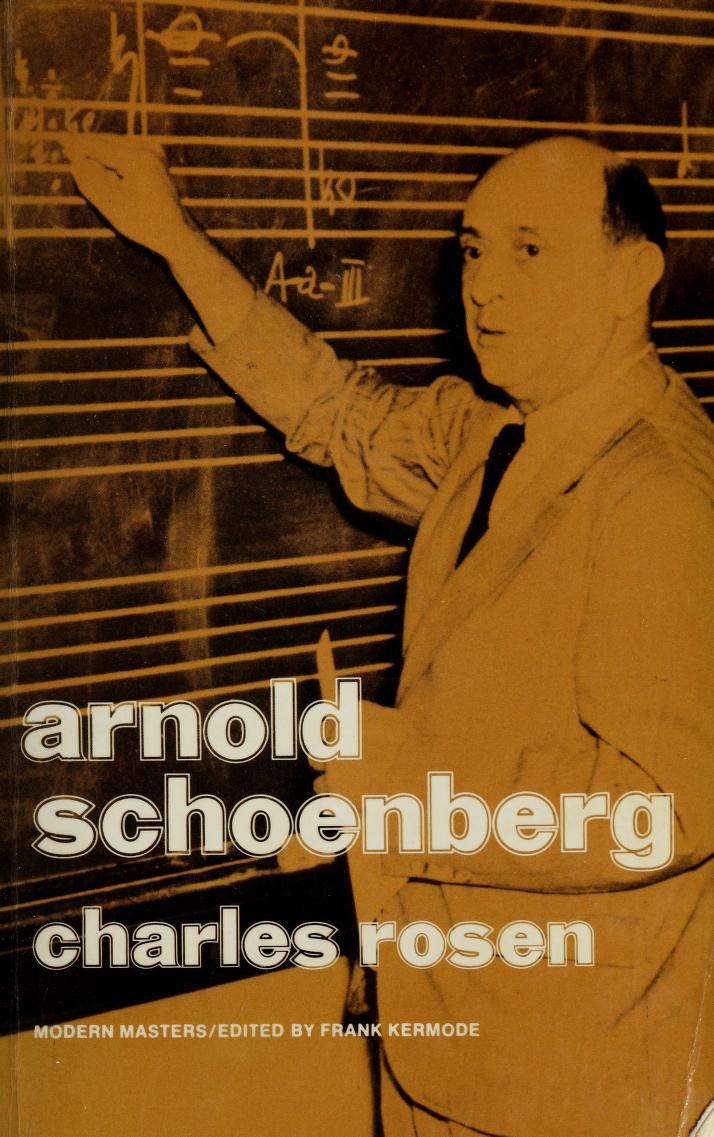Charles W. Turner: Xenakis in America (2014)
Filed under book | Tags: · biography, composition, computer music, electroacoustic music, electronic music, mathematics, music, sound synthesis

Iannis Xenakis had a long-standing interest in the U.S., but given the five years he spent there, little has been written about his experiences. This study attempts, through archival research and interviews, to document Xenakis’ time in the United States. Its subject is his relationship to American cultural institutions, and the attraction of America for his musical composition and research.
Xenakis in America treats the period from Copland’s invitation to Tanglewood in 1963, through Xenakis’ 1972 investment by France as a state-supported artist. While he visited the U.S. many times thereafter, he no longer sought long-term engagement with U.S. institutions, but presented work completed elsewhere. After his summer at Tanglewood, performances of Xenakis compositions by Schuller, Foss and Bernstein (among others) are tracked throughout the 1960s and 1970s. Xenakis’ association with George Balanchine is examined, along with the reception of Xenakis’ theoretical writings, culminating in the publication of Formalized Music. in 1971. Xenakis’ collaboration with Alexis Solomos on Aeschylus’ Oresteia, produced in 1966 by the Ypsilanti Greek Theatre, is explored, as well as the founding of Xenakis’ research center CMAM at Indiana University in 1967, which he would build over the next five years.
Concerning Xenakis’ reasons for coming to America, there are two major motivations. First, there were reasons to look beyond France: its state institutions, up to the late 1960s, provided little support for avant-garde composition. Later, there were reasons to return: with the Polytope de Cluny of 1972, the Ministry of Culture signaled a policy change that favored Xenakis, and established his CeMAMu as a state-supported research center. Second, Xenakis’ opportunities in the U.S. satisfied his interest in working outside the boundaries of autonomous composition. The collaboration on the Ypsilanti Oresteia offered Xenakis involvement with both ancient and modern Greek theater, and Bloomington’s sponsorship of CMAM, which included the equipment necessary for computer synthesis of sound, gave Xenakis access to technology unavailable in France at the time.
Publisher One Block Avenue, Tappan/NY, October 2014
Open Access
ISBN 9780692267165
146 pages
The printed book is available from Lulu.com. Proceeds go to The Friends of Xenakis Association.
Comment (1)Alma Mahler Werfel: And the Bridge is Love (1958)
Filed under book | Tags: · art, biography, music, vienna

Alma Maria Mahler Gropius Werfel was a Viennese-born socialite well known in her youth for her beauty and vivacity. She was married, successively, to composer Gustav Mahler, architect Walter Gropius, and novelist Franz Werfel. Musically active from her teens, she was the composer of at least seventeen songs for voice and piano. In later years her salon became an important feature of the artistic scene, first in Vienna, then in Los Angeles. (from Wikipedia)
Written in collaboration with E.B. Ashton
Publisher Harcourt, Bruce and Company, New York
312 pages
Commentary (Samuel Lipman, New Criterion, 1983)
PDF (40 MB, no OCR)
Comment (0)Charles Rosen: Arnold Schoenberg (1975)
Filed under book | Tags: · biography, composition, expressionism, music, music history, music theory, serialism

In this lucid, revealing book, pianist and scholar Charles Rosen sheds light on the elusive music of Arnold Schoenberg and his challenge to conventional musical forms. Rosen argues that Schoenberg’s music, with its atonality and dissonance, possesses a rare balance of form and emotion, making it, according to Rosen, “the most expressive music ever written.” Concise and accessible, this book will appeal to fans, non-fans, and scholars of Schoenberg, and to those who have yet to be introduced to the works of one of the greatest composers of the twentieth century.
Publisher Viking Press, New York, 1975
ISBN 06701331617
113 pages
Review (Joel Sachs, The Musical Quarterly, 1977)
Review (Joseph Horowitz, Music Journal, 1976)
Review (Robert Craft, The New York Times, 1975)
PDF (17 MB, no OCR)
More works by and on Schoenberg (Monoskop wiki)

